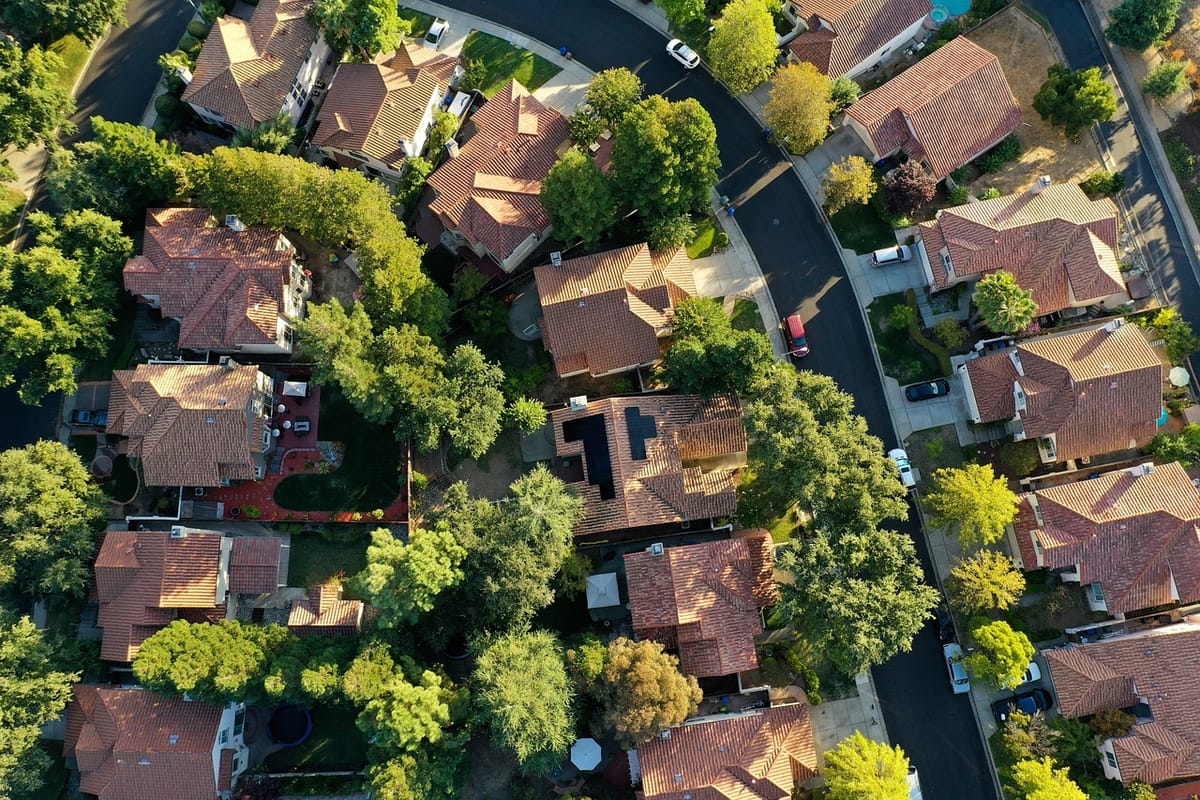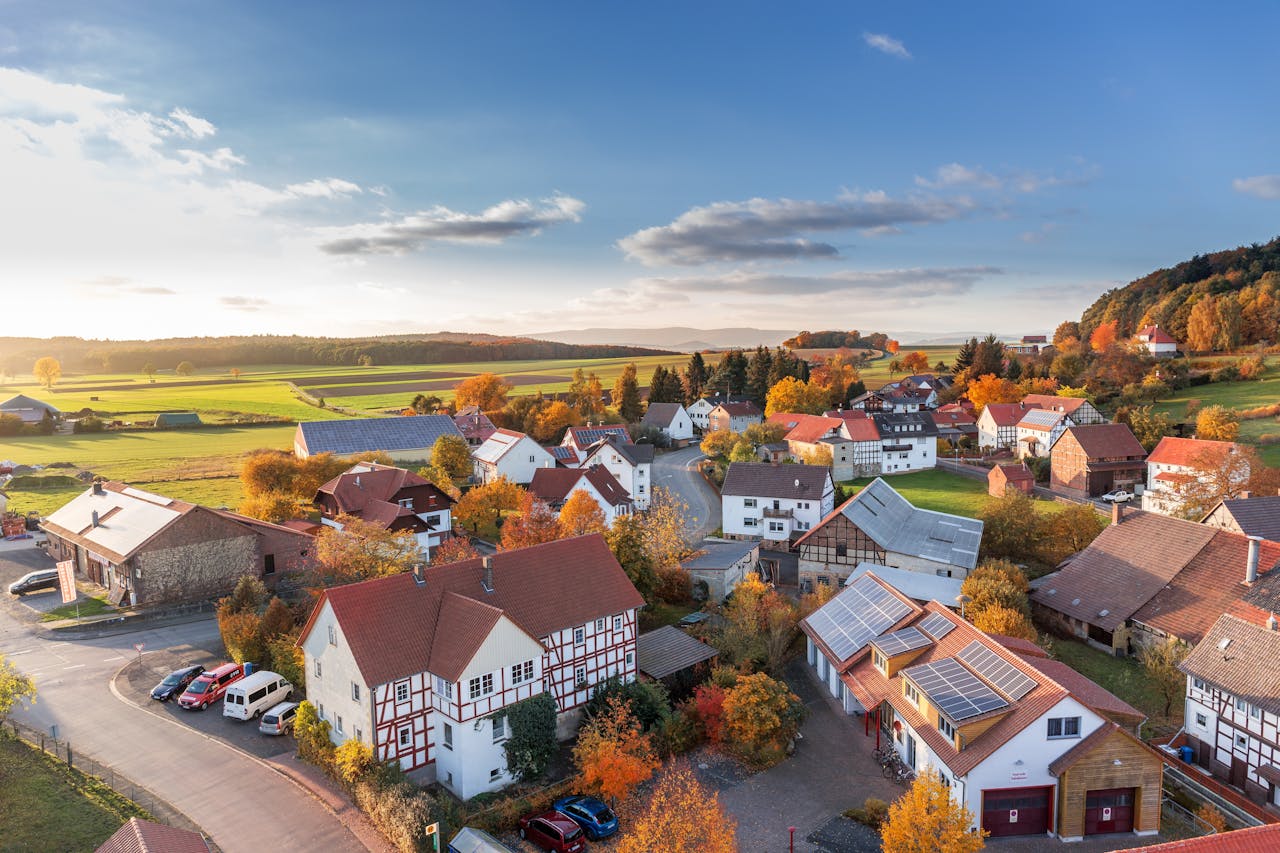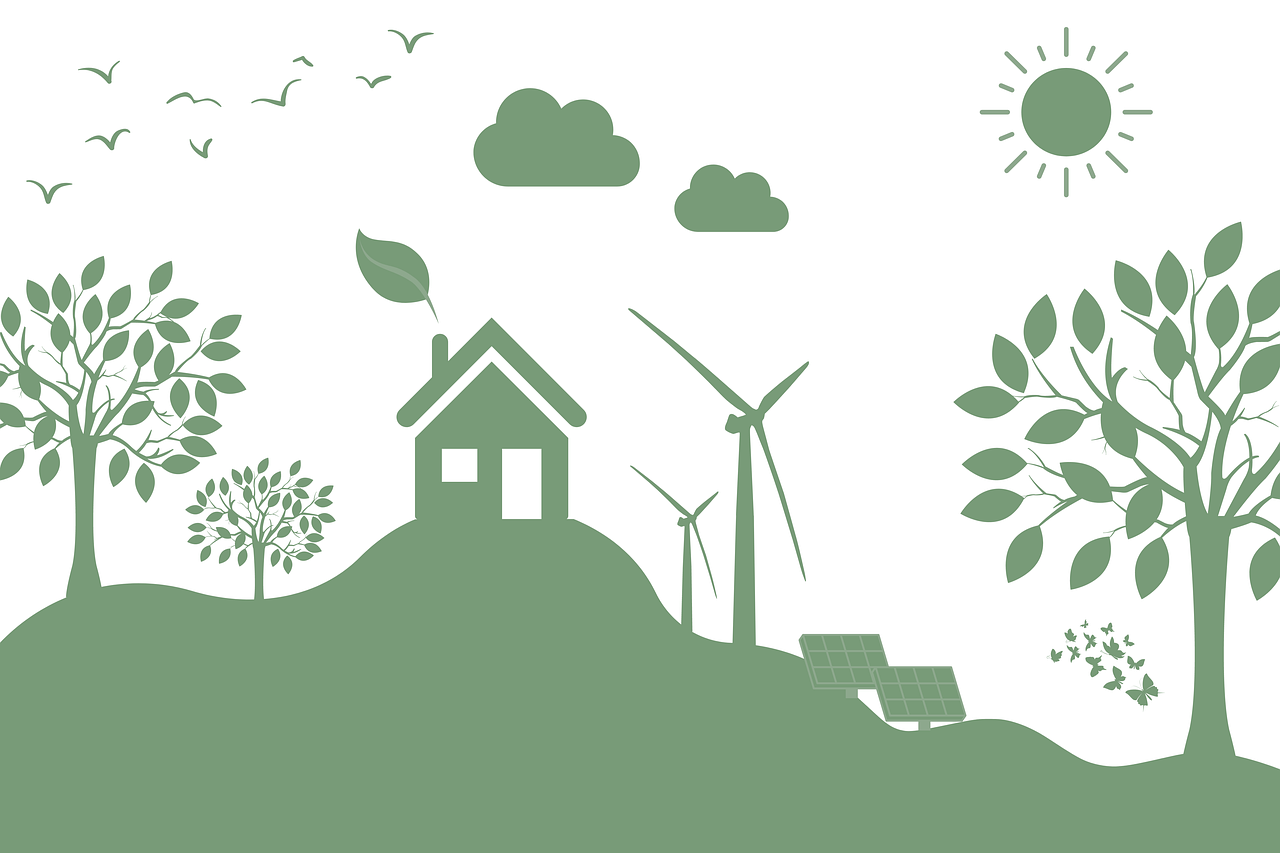Climate-Friendly Heating with Heat Pumps

Advertisement: This article contains affiliate links that lead to external partner companies of 2zero. There are no additional costs for you.
Heating is one of the largest sources of energy consumption in households and therefore significantly contributes to CO₂ emissions. Heat pumps offer a sustainable alternative: they use environmental heat from the air, water, or ground and are powered by electricity. If this electricity comes from renewable sources, CO₂ emissions can be significantly reduced and long-term energy costs can be saved.
The positive climate effect is considerable: compared to conventional gas or oil heating systems, a heat pump saves around 2,620 kg of CO₂ per year – over its lifetime, that adds up to more than 52 tons. This is roughly equivalent to the annual emissions of 6–7 average German households. Additionally, this technology already meets the requirements of the revised Building Energy Act (GEG), which mandates the use of renewable energy sources for new heating systems.
To make the switch to sustainable heating solutions like heat pumps easier, companies such as Thermondo offer comprehensive support. As a specialist in efficient heating technologies, Thermondo helps homeowners not only with selecting the right heat pump but also with planning, installation, and applying for funding, making the transition financially attractive.
Ready to make the switch? Get a fixed-price quote for a heat pump in just 2 minutes – simple, non-binding, and directly via the following link. Find out the best price and take the first steps toward climate-friendly heating.
Heat Pumps in Germany

In 2024, around 193,000 heat pumps were sold in Germany, a 46% decline compared to the record year of 2023, which saw 356,000 units sold. This drop is mainly attributed to uncertainties in municipal heating plans and a lack of information about government subsidy programs.
Despite these challenges, the heat pump remains a key technology in the energy transition. Already, 64.6% of residential buildings completed in 2023 used heat pumps as their primary heating source. Furthermore, the revised Building Energy Act (GEG) mandates that from 2024 onwards, heating systems in new buildings must use at least 65% renewable energy, further promoting the use of heat pumps.
To speed up the transition to sustainable heating, the German government set a goal of installing 500,000 heat pumps annually starting in 2024. Although this target wasn't met in 2024, rising subsidy applications and growing trust in government support programs indicate a positive trend.
How Heat Pumps Work
A heat pump captures heat from the surrounding environment and uses it to evaporate a special refrigerant that only requires low temperatures. The resulting vapor is transported through a pipe system and compressed, increasing its pressure. This creates heat that can then be used for heating – essentially the reverse of a refrigerator.
Depending on the model, heat pumps use different heat sources:
- Air-to-water heat pumps extract heat from the ambient air and are easy to install.
- Ground source (brine-to-water) heat pumps use the consistent temperature of the ground for efficient heating.
- Water-to-water heat pumps draw heat from groundwater and are particularly efficient, though they require a permit.
Heat pumps can also be a good investment for older buildings – provided certain conditions are met: good insulation reduces heat loss, suitable radiators (e.g., underfloor or wall heating) increase efficiency, and low flow temperatures ensure economical operation.
The efficiency of a heat pump is measured by the Seasonal Performance Factor (SPF or JAZ in German). A JAZ of 4 means the heat pump generates four kilowatt-hours of heat from one kilowatt-hour of electricity – a very good value indicating high efficiency. Modern heat pumps typically achieve JAZ values between 3 and 5. In addition, natural refrigerants like propane (R290) contribute to environmental friendliness and further efficiency gains.
Want to know how a heat pump can make your home more efficient and climate-friendly? Get a non-binding fixed-price quote now and start your journey toward sustainable heating – learn more here.
Costs and Subsidies for Heat Pumps

The purchase cost of a heat pump varies depending on the model and installation requirements. While an air-to-water heat pump can cost around €9,000, ground source or groundwater heat pumps can be significantly more expensive due to the need for drilling. However, thanks to government subsidy programs, switching to a heat pump is especially attractive. Under the Federal Funding for Efficient Buildings (BEG), grants of up to 70% of investment costs can be awarded, significantly lowering the purchase price and reducing financial burden.
With Thermondo Toward Sustainable Heating: Consulting, Planning, Installation
As a partner company of 2zero, Thermondo offers comprehensive services for switching to sustainable heating technologies. From personalized consultation and planning to installation and maintenance, Thermondo supports homeowners on their path to efficient and eco-friendly heating. The company also assists with selecting the right heat pump and applying for funding to make the transition financially appealing.
Get your fixed-price quote now and take the first step toward a more sustainable heating system! Simply use this link and secure your non-binding offer in just 2 minutes.
Sustainable Heating Solution with a Future
Heat pumps are a sustainable and future-proof alternative to fossil fuel heating systems. They combine low operating costs with high environmental performance and benefit from attractive subsidies. Anyone planning the switch should seek comprehensive advice to find the optimal solution for their home.
